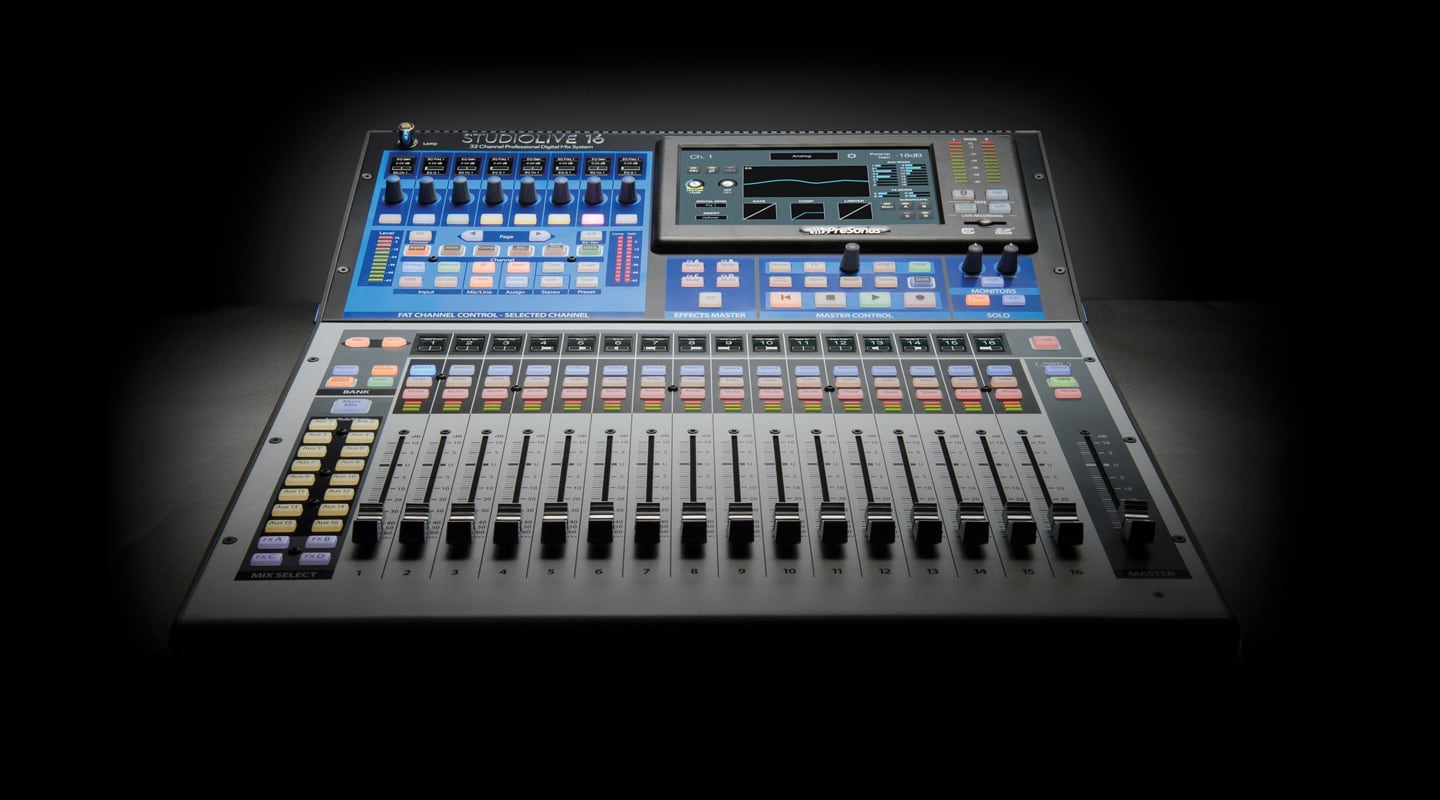
Review: Presonus Studiolive Series III
Presonus finally added flying faders to its StudioLive consoles, but there’s even more under the hood, bringing Presonus ever closer to delivering one box that does it all.
Flying faders were initially the most impressive thing about digital desks. Punters gasped the first time they saw them change positions at the touch of a button and operators marvelled at all those layers of channels in a small space. Presonus does things differently and has only now included motorised faders in its new StudioLive Series III range of digital audio mixers. While their inclusion will be welcomed by fans of the brand who’ve been eyeing off the competition, flying faders are just one part of modern lit-up touch-screened digital consoles. What’s most impressive about digital mixers now is the depth of functionality, connectivity and how little they cost.
The Presonus StudioLive Series III range of digital mixers comes in three console sizes with three rackmount mixer options that double as expandable I/O. Presonus’s StudioLive series has always strived to combine the functions of live sound mixing with studio recording, and this series takes another step forwards for the one-box-for-all concept.
STANDALONE OR GO BIG
The consoles are complete stand-alone mixers that can be controlled directly from the console or by devices using Presonus UC Surface software. The rackmount mixers can be used as stand-alone mixers too, remotely controlled by touchscreen computer or tablet/phone. Alternatively, the rackmount mixer can be connected via AVB to a console, either as a stagebox expansion or as a combination stagebox/monitor mixer. With a wireless router attached, Presonus Qmix-UC software can create and control personal monitor mixes either on stage or in the studio. Qmix-UC works with iOS and Android and allows up to 14 devices to remotely control the aux mixes. Its set up so it can be overseen by the console operator providing the necessary permissions to avoid confusion. All console settings, including preamp gains are recallable. Presonus UC Surface multi-platform, multi-device software is freely available and works on everything to provide wired or wireless control over the consoles or racks. Presonus claims this is the only system where, for example, you can use an iPad to walk around the room and a Windows touchscreen at the console position.
BIG 16, BABY
I’ve been trying the StudioLive16, the baby of the Console range. It’s a great compact size and claims to be the most powerful in its class with 17 motorised faders, 17 recallable XMAX preamps, a new Fat-channel design with eight scribble strips and vintage-style FX. I like the rear panel with its 16 combo inputs and lots of physical outputs so you can connect it to the analog world easily. An input for a talkback mic is a nice touch. The mid-size StudioLive24 adds eight channels/faders and the big-boy of the range the StudioLive32 adds another eight for a total of 33.
It’s a sea of coloured lights when it turns on but it only takes a glance to see that the things you need are close at hand. [The opposite of some Presonus products, which can be overly monochromatic. Each to their own – Ed]. The bank, mix and FX buttons work well down the left-hand side and the illuminated buttons are clearly labelled and easy to read. The angled upper section has the Fat-channel and the seven-inch colour touch screen with a master control/utility section under the screen, again all clearly labelled with most functions only one-touch away. The Fat-channel works with the touchscreen and a controller beneath the screen, most controls can be tweaked from either, so it’s fast to get things done.
The Fat-channel has been updated with what Presonus describes as a DAW-style layout. All the normal processing is there but you can also choose from a range of additional vintage-emulating, character plug-ins. There are classic reverbs, tube comps and passive EQs, and each has enough of its own character to be worthwhile. It’s similar to running third-party software but I like that they’re integrated.
NEED TO KNOW

FAT & FLEXIBLE
Setting up for a simple show is straight forward with one-to-one input patching and everything you need in an obvious place. For bigger productions, the 16 faders can control 32 inputs; 16 from recallable preamps, the other 16 from USB or AVB. For more inputs, you need the 24- or 32-channel version. They all have 26 output busses in total and that’s enough to cover any situation this sort of console will encounter. The 16 general mix outs can be Flex mixes, easily configured as groups, aux sends or matrix outs; 10 on analog outputs and the other six over USB or AVB. There’s 24 DCA channels, a bank of user-defined channels and configurable workflows to assist in various applications.
Even without knowing much about it, using the console is intuitive and friendly enough; although the coloured lights can be wearing. When mixing, I prefer the soft glow of the meter-bridge, but we live in multi-coloured times. Pressing select on an input channel opens a handy channel overview page, where you can touch the screen to dive into specific control sets. Each channel has a six-band fully parametric EQ, and the Main outs also get a graphic EQ that can be controlled from the faders. There are handy presets if you like that sort of thing and all settings can be stored. Fat Channel presets now include send levels and outputs, as well as processor settings. Scenes can be saved, 100 of them, and V3 includes SceneSafe that lets you choose any channels you don’t want to be changed by a different scene being selected — handy for avoiding accidental changes. StudioLive’s ability to run Fat-channel processing on all input channels and outputs simultaneously with no limits is impressive.
The plastic construction is adequate; it looks professional. While it’s not made for a hard life on the road it also only weighs 10.5kg. The faders are not very smooth and the knobs feel a little cheap but neither matters at this price. Sampling is fixed at 24-bit/48k and latency is quoted at a very commendable 1.9ms analogue in-to-analogue out, with all processing on. The preamps are clean and accurate. The high frequencies are ever so digitally grainy on close inspection but it matches other digital consoles and sounded good when I used it live, especially with a bit of processing to thicken it up. The low frequencies are nice and solid, the standard EQ/comp/gates are precise and concise. The alternate/vintage EQs and Comps are a hit. They’re almost irresistible; you want to try them to see what they do, like studio software.
STUDIO LIFE VERSION 3
Controlling live sound is only a part of what these things do. Both StudioLive V3 consoles and rackmount mixers offer extensive on-board recording facilities. The consoles use Presonus Capture software, recording up to 32 tracks of 24-bit/48k uncompressed audio to an SD card. I like the track auto-arm feature that starts recording everything if you simply hit record, saving you the effort of individually arming tracks… handy when you remember you’re supposed to be recording at the last moment. Shows can be multi-tracked and then played back from the console for virtual soundchecks without needing an external computer. Recording via USB allows 38 channels each way. The consoles and/or rack mixers could easily form the basis of a recording studio, especially one that was part of a live venue.
Also included with the consoles and racks is Presonus Studio One DAW software. Recordings made to the SD card can be opened in Studio One and the original channel settings, processing and fader levels from the StudioLive16 get transferred along with the audio files. Multiple consoles can be AVB networked and up to 55 channels can be streamed between them. There’s a lot of possibilities.
ONE BOX TO RULE THEM ALL
The Presonus StudioLive Series III consoles are getting close to one box that does everything audio. Simply configure it as the application demands, with either real or virtual faders. Both the consoles and rack mixers can be used for simple live shows and provide all the cost and convenience benefits of digital mixing. Alternatively, they can handle the complexity of multiple operators using multiple formats and devices, while controlling large channel counts with multiple wired and wireless mixes. All of this can be applied to or combined with comprehensive internal or external recording abilities. You even get the software free. Powerful technology. Bargain functionality.






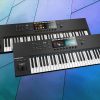






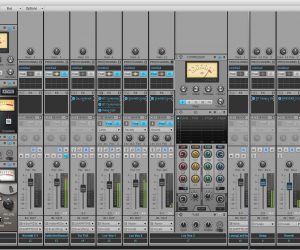
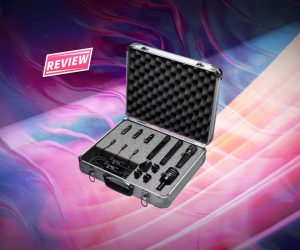
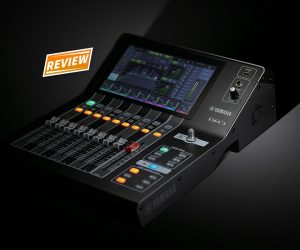






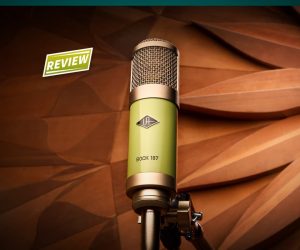

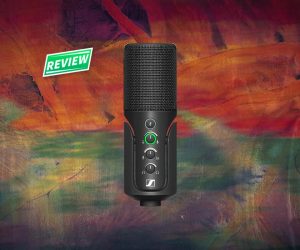


RESPONSES